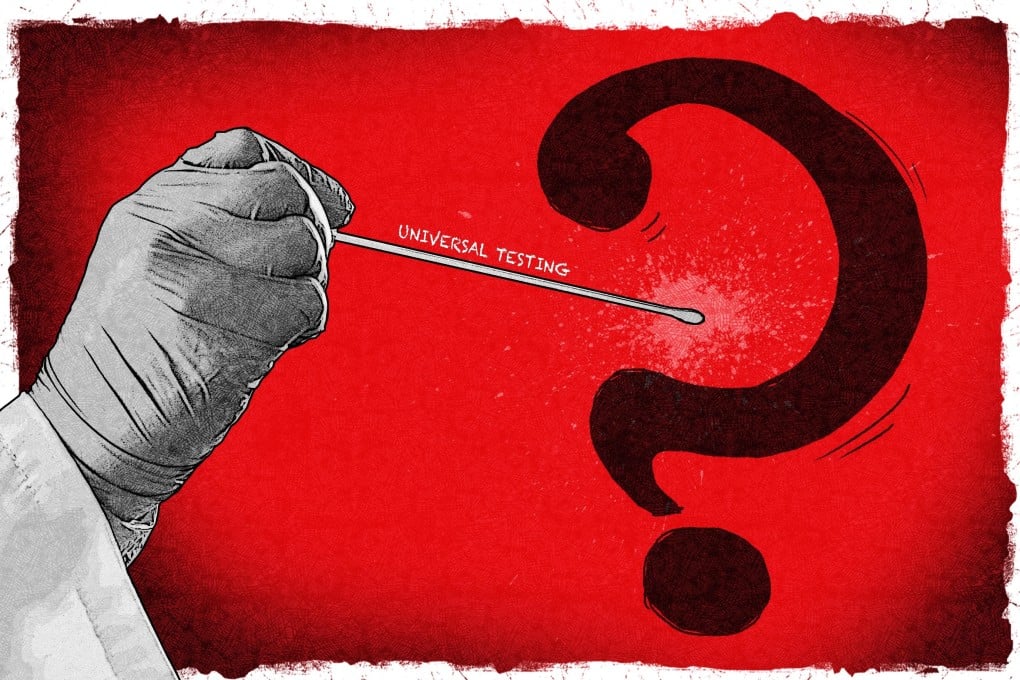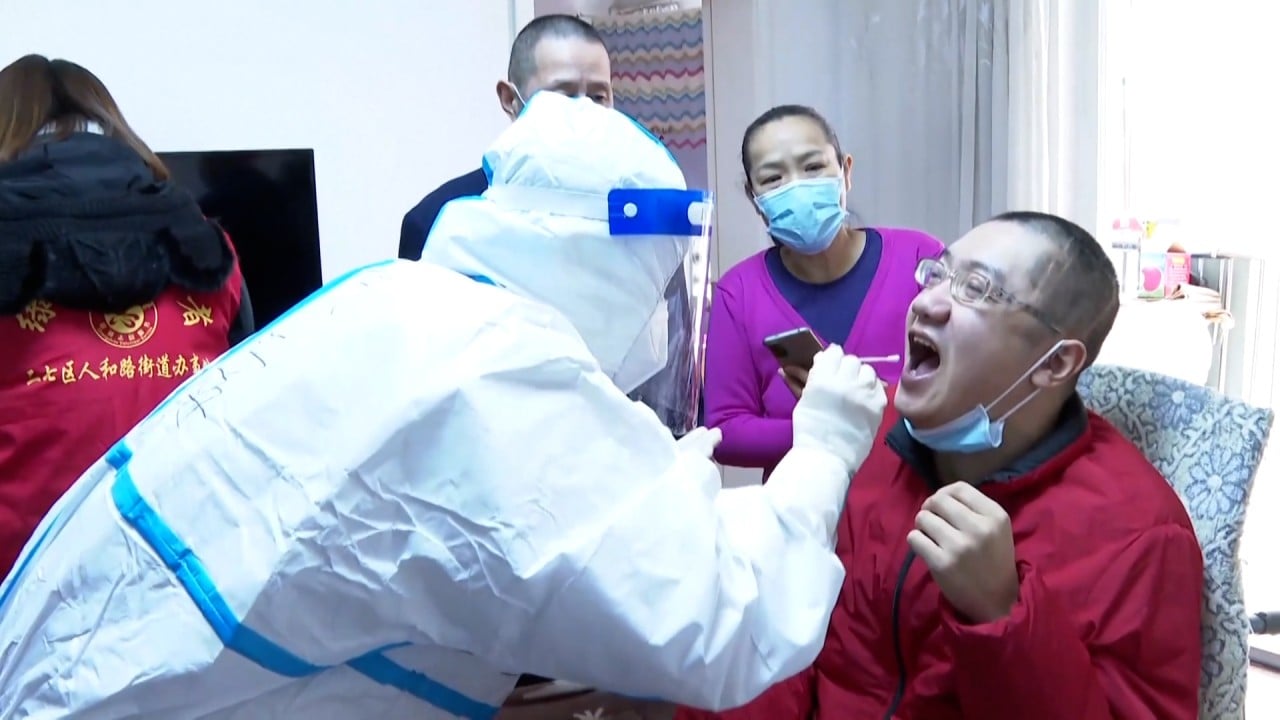Advertisement
Mass testing, health codes, lockdowns: how China’s zero-Covid policy works
- Early detection, frequent contact-tracing, long quarantines and strict border control are key to China’s ‘dynamic’ zero-tolerance Covid-19 policy
- While approaches from small and big cities may differ due to testing capacity and resources, swift reactions mean ‘a tsunami-like outbreak is highly unlikely’
Reading Time:5 minutes
Why you can trust SCMP
91

In this series, we answer frequently asked questions about China’s zero-tolerance approach to Covid-19, including entry restrictions, the length of quarantine and testing requirements for travellers. Is there a question you want us to tackle? Send us an email at chinadeskeditors@scmp.com.
In China, detection of Covid-19 cases usually triggers mass nucleic acid testing, which could be citywide and repeated until an outbreak wanes.
In the latest example of Tianjin, which is grappling with the country’s first local Omicron outbreak, authorities launched citywide mass testing on Sunday to gauge infection levels within 48 hours.
“The dead of winter is here. It is no easy task to test the 14 million people in this megacity in the shortest time possible,” the Tianjin government wrote in a public letter to residents on Monday.
“We are doing this to control the outbreak as quickly as possible, protect the health and safety of our people, and prevent the virus from spreading elsewhere, especially to the capital Beijing.”
Residents who had not undergone testing would see their health code turn amber in the app’s traffic-light system, prohibiting them from leaving the city or entering Beijing, which is due to host the Winter Olympics in less than four weeks.
Advertisement
